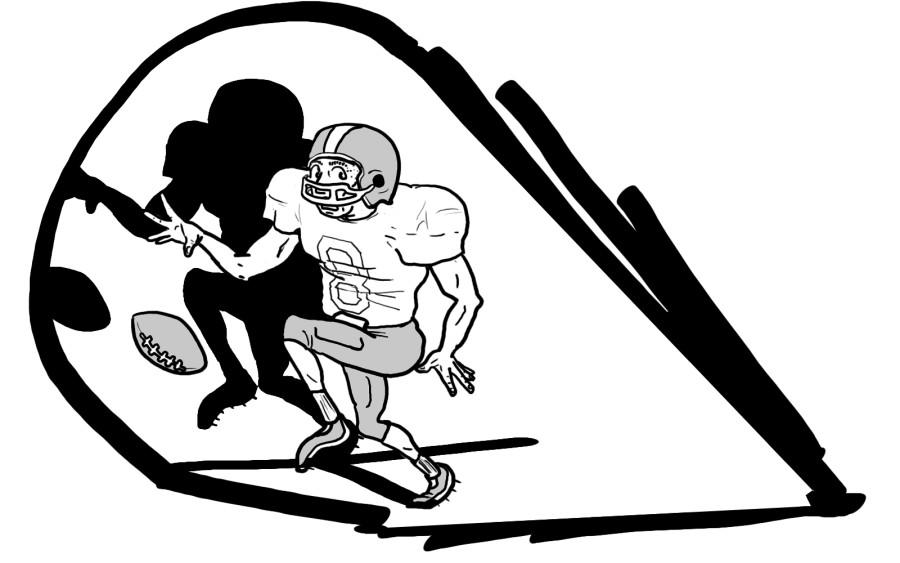Andy: Irrelevant. Too commercial. Boring. That’s the way all-star games are described nowadays, and with good reason.
While it’s an honor to make an all-star game for athletes in any sport, the actual game usually amounts to a three-hour practice. Players are taken out before they can even break a sweat and the play is sloppy at its very best.
Seeking to stir some excitement for their all-star game this weekend, the NBA announced it would televise a game of H-O-R-S-E between two of its players. The move drew a smattering of praise from the sports media, but it didn’t last long. On Friday, February 6th, TNT sold the rights to the name’s game to Geico. So instead of H-O-R-S-E, the players’ missed shots will spell out G-E-I-C-O. That’s embarrassing. That’s not the name of the game any of us grew up playing. If the NBA has to resort to that kind of corporate marketing, then the economy is worse off than I thought.
All other all-star games have similarly faded into obscurity. The aftermath of the Super Bowl overshadows the NFL’s Pro Bowl. Major League’s all-star game substitutes players after every pitch and the NHL’s all-star game is the most forgotten day during their forgotten season.
Billy: Your points suggest the irony surrounding all-star games these days. Leagues see unpopular all-star games as chances to cash in on their sport. Or perhaps leagues feel they have to sell naming rights just to make the games worth the trouble.
Last summer, I listened to radio host and NBA analyst Tom Tolbert plead for one NBA game with only basketball: no music, halftime stunts, etc. But as businesses, leagues have the right to try to make as much money as possible. An all-star game can be a great chance to exercise that right since only entertainment and fun are at stake. Until enough fans abandon all-star games to offset a league’s revenue from its commercialization, fans will have to watch players play G-E-I-C-O at U.S. Airways Center, or Quicken Loans Arena or the AT&T Center.
Andy: I understand the reasoning behind playing half-speed in an all-star game. If I were an owner and my hundred million dollar investment got injured during an exhibition, I’d feel cheated. The 2002 MLB all-star game ended in a tie in order to avoid any such injury. However, I’m not an owner, I’m a fan of the game. I still don’t want the players from my favorite team to get injured at an all-star game, but the purpose of these games should stretch beyond these concerns.
At its core, the NBA all-star celebration is a great example of what an all-star game should be. The whole week is surrounded around showcasing talent whether in the Slam Dunk competition, the skills challenge or the three-point competition. Then, after all of that, the game itself is supposed to be the display of the league’s best players. While the best players still attend the event, the game has become a competition to be the most viewed video on Youtube the next day. As fans, we’ve seen everything in an all-star game before. The regurgitation of the same dunks every year does not showcase any talent, just a lack of creativity.
Billy: Players’ apathy toward all-star games can explain a league’s apparent need to commercialize the events. Fans have no reason to watch players go 50% for ten minutes of play. At the same time, fans can overlook all the frills if all-stars play the game hard the same way recreational players play hard in meaningless pick-up games.
No rule or coach can give a player a burning desire to do whatever it takes to win an all-star game. All-stars play enough competitive games in the regular season, so all-star games should be played for fun. But a game played for fun doesn’t mean a game played without effort. If players don’t want to play or feel it is in their team’s best interest for them to rest, then it is their responsibility to decline the invitation give up their spot. Cleveland guard Mo Williams probably wouldn’t mind.





